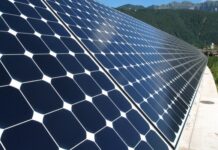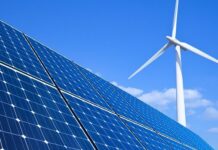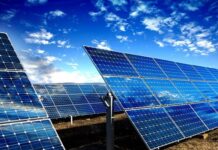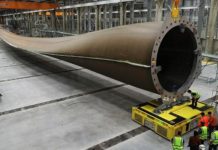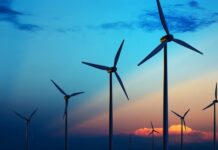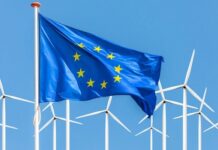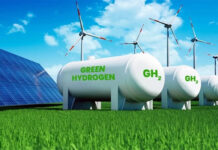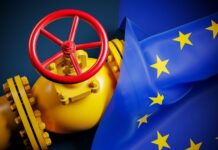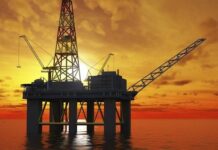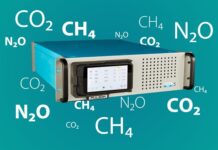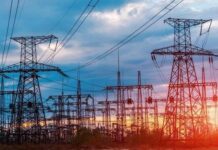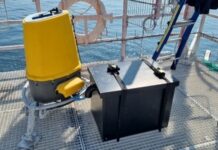One of the international research teams has gone on to perform a techno-economic evaluation in order to identify the optimal design as well as the size of the off-grid wind solar power plants that are intended for green hydrogen generation in terms of refueling the stations as far as fuel cell electric vehicles are concerned.
This proposed system makes use of excess energy for electrocoagulation, which happens to be a method as far as the treatment of wastewater is concerned. So as to meet the water demand within the sector and at the same time also make up for the dearth of freshwater supplies, electrocoagulation happens to be incorporated so as to go ahead and treat the wastewater that’s discharged, which is indeed environmentally friendly, specifically when the electricity gets produced from renewable sources of energy, say scientists.
Through incorporating an electrocoagulation station with a renewable station that’s a hydrogen production-based stand-alone renewable power station, the sustainability as well as mobility can be enhanced to a great extent.
The research group went on to assume the hydrogen station would be located in Ostrava, situated in the northeast of the Czech Republic. Apparently, the city has an average solar radiation of 2.89 kWh/m2 every day and a wind speed of almost 5.69 m/s. It is well to be noted that the hydrogen demand for the station happens to be assumed at 10 kg per hour, or 240 kg every day. The proposed system happens to have wind turbines, an electrolyzer, PV panels, an inverter, hydrogen tanks, and batteries. The fact is that all of them are assumed to have a lifetime of less than 25 years.
The scientists further said that the optimal design of the plant shows the size of the elements as follows: 22 wind turbines of 100 kW each, photovoltaic panels with a capacity of 298 kW, an electrolyzer with a capacity of 1000 kW, 30 strings with a 1 kWh lead acid battery, and hydrogen tanks with a capacity of 800 kg.
The evaluation made by the scientists went on to show that the PV unit can go ahead and generate almost 300,425 kWh/year, and the wind turbine can touch 6,697,566 kWh/year. The yearly consumption of the electrolyzer is almost 3,972,059 kW, and its generation per year is anticipated to be 85.595 kg. Apart from this, 262,678 kWh worth of electricity gets generated annually for the electrocoagulation plant.
Due to their techno-economic evaluation, the academics have gone on to find that the system may already go on to achieve prominently low price levels for the amount of hydrogen it generates. The levelized cost of hydrogen happens to be €2.89, which is equivalent to $3.12 per kg of hydrogen, while the net present cost is €5.49 million, which excludes the unit cost of the compressor. It is worth noting that the wind turbines as well as the electrolyzer systems happen to have the highest NPC. The entire NPC of the project as well as the LCH are going to be quite significantly impacted because of the growth or decrease when it comes to the corresponding costs pertaining to electrolyzers and wind farms.



